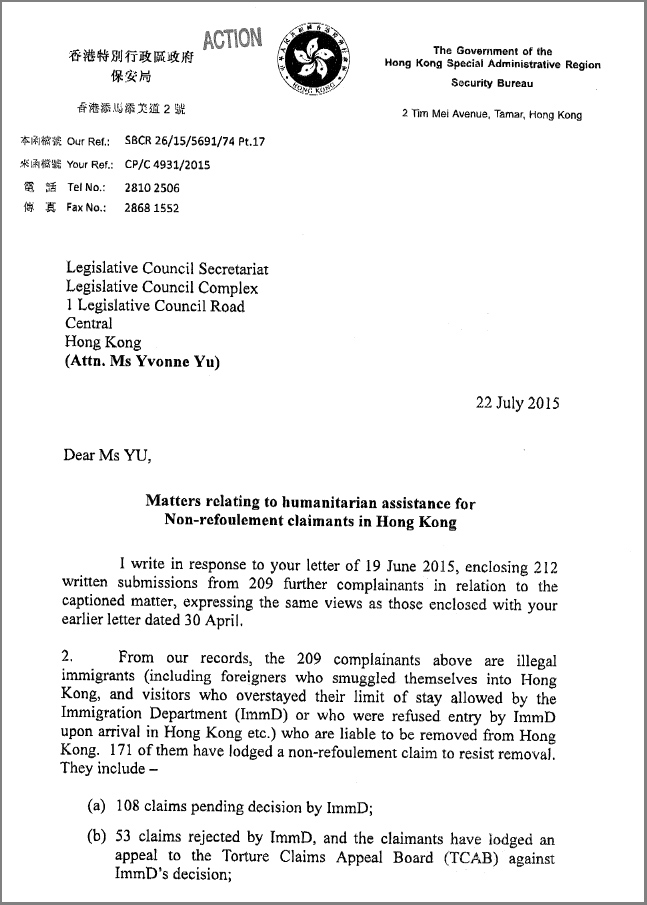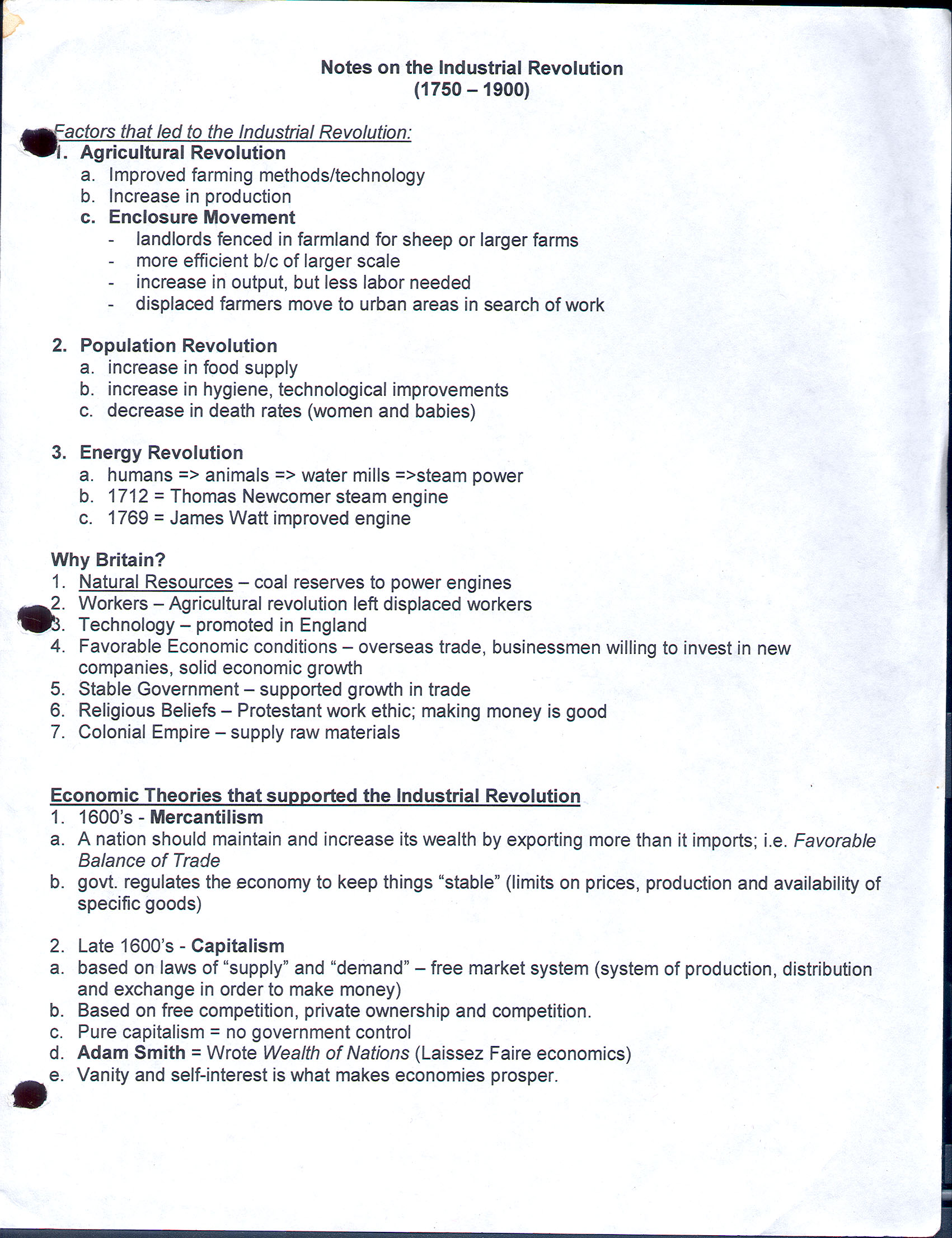Sutherland 's Theory Of Differential Association: A Case.
The differential association theory is one of the most valued theories within criminology. This theory was first discovered by Edwin Sutherland (1947), he developed the differential association theory in order to explain how youths engage in acts of criminal behaviour. This theory defines criminal behaviour as learnt behaviour which is acquired through social contact with other individuals.
Differential association theory proposes that the values, attitudes, techniques, and motives for criminal behavior are learned through one’s interactions with others. Differential association theory remains important to the field of criminology, although critics have objected to its failure to take personality traits into account. Origins. Before Sutherland introduced his theory of.

The Differential Association Theory, established by Edwin Sutherland in 1947, explicit the deviance of an individual's behavior and how it is learned through interaction with others or associations. There are several components that play a role in this theory that determines the main causes of delinquency. One of the components of this theory is, a person do not inherently become a criminal.

The theory I have chosen to tie in with my review of the articles I found is the social learning theory of Edwin Sutherland known as differential association theory. According to Britannica online, Sutherland 's differential association theory of delinquent behavior is learned from other persons who are also engaged in delinquent behaviors. Sutherland believes that a person becomes delinquent.

Edwin H. Sutherland who started the differential association theory believed that criminal behavior is learned by interaction with other people by communicating. Sutherland theorized that people will either obey or violate the law depending on how they define their life situation (Sutherland, 1947). However, Southerland’s theory had some major criticisms; one of which was the assumption that.

Sutherlands differential association theory essays on success 24 novembre 2018. Four essays on kinetic art for sale biblical worldview essay theo 202. Darth vader essay tybalt and mercutio essays iiser kolkata integrated phd application essay. Guv nach gesamtkostenverfahren beispiel essay.

Differential association theory looked beyond the traditional individualistic explanations for crime and examined the place of socialization in human behavior. The influence of peer groups is at the heart of the theory, with competing positive and negative perspectives on delinquency determining a person’s likelihood of turning to crime” (Sutherland, 1974). The differential association.

Differential Association Theory is one of Sutherland's major contributions to the field of criminology. It has to do with the socialization process that accounts for why people commit crimes. Let.

The Major Criticisms Of Sutherlands Differential Theory Criminology Essay. Edwin H. Sutherland who started the differential association theory believed that criminal behavior is learned by interaction with other people by communicating. Sutherland theorized that people will either obey or violate the law depending on how they define their life situation (Sutherland, 1947). However, Southerland.

Start studying Sutherland - Theory of differential association - 9 Principles - Specifics. Learn vocabulary, terms, and more with flashcards, games, and other study tools.

Sutherland stated differential association theory as a set of nine propositions, which introduced three concepts—normative conflict, differential association, and differential group organization—that explain crime at the levels of the society, the individual, and the group. This section discusses relationships among these concepts, drawing from Ross L. Matsueda's “The Current State of.

Edwin H. Sutherland’s differential association theory was developed in 1939. This theory is known to be a “completely sociological theory of crime” (Walsh and Hemmens 187). It drives criminologists away from the belief that criminal behavior is only biological and psychological. Sutherland’s ambition was to compose a theory that could draw out both aggregate crime rates and individual.

Differential Association Theory (Sutherland and Cressey) states that a person becomes a delinquent because a) of an excess of childhood experiences such as abuse and neglect, b) of a lack of social skills and ability to interact with others, c) one lives in a socially disorganized environment with fewer opportunities, d) of an excess of definitions favorable to law violation, e) people have an.



